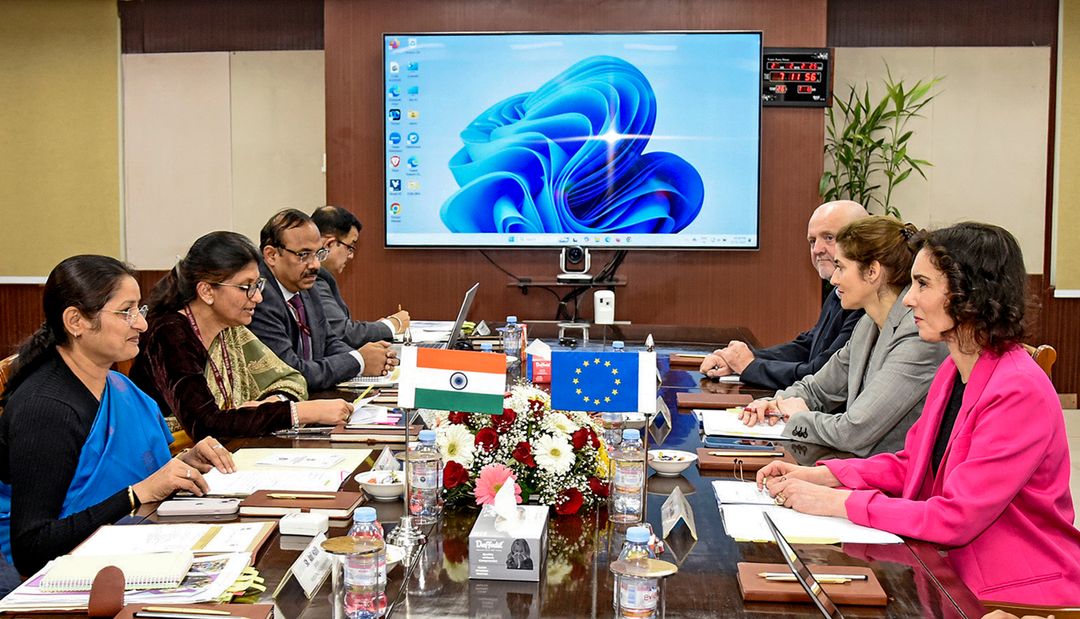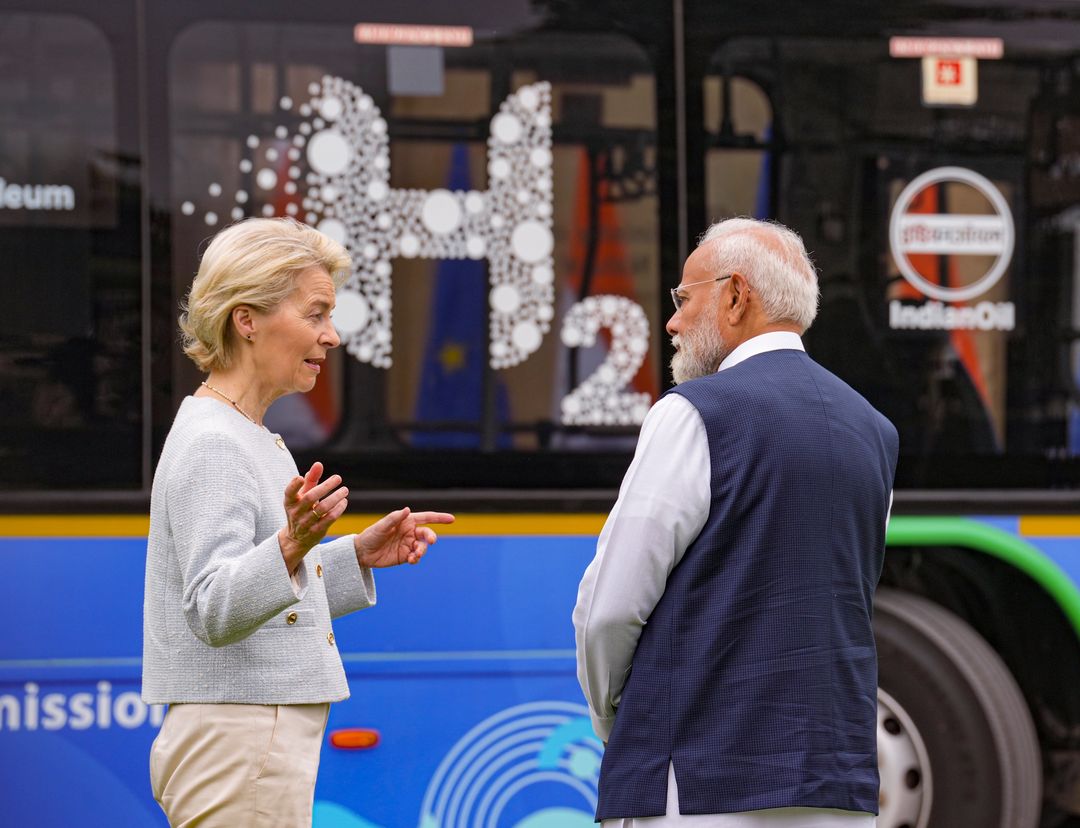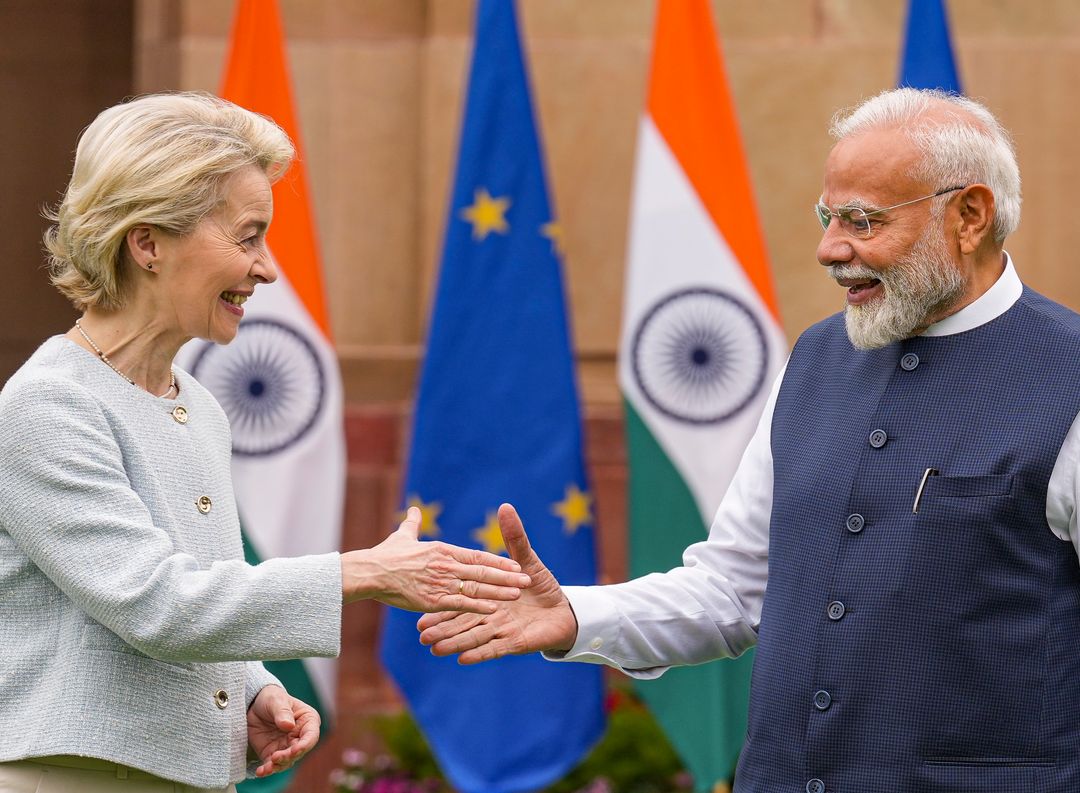Brussels to Host Crucial Talks from March 10-14
India and the European Union (EU) will kick off their tenth round of negotiations for a highly anticipated Free Trade Agreement (FTA) on Monday, March 10, in Brussels. These crucial discussions come at a sensitive time amid concerns about potential tariff hikes threatened by former US President Donald Trump.
Efforts Intensified for Finalizing the Trade Pact by Year-End
Both sides are committed to addressing pending issues swiftly to finalize the agreement by the end of 2025. This objective was reinforced during a recent visit by Maros Sefcovic, EU Commissioner for Trade and Economic Security, during which strategies for accelerating negotiations toward a mutually beneficial deal were discussed.
In February, Prime Minister Narendra Modi and European Commission President Ursula von der Leyen jointly expressed their determination to finalize the comprehensive trade agreement this year, driven partly by concerns over Trump’s renewed tariff threats.
Negotiations Resume After Nearly a Decade
The India-EU negotiations, which resumed in June 2022 after an eight-year hiatus, initially stalled in 2013 due to disagreements regarding market access. Alongside the FTA, negotiations are ongoing for an investment protection agreement and a pact on Geographical Indications (GIs), both essential components of the broader economic partnership.
Key Challenges in the India-EU FTA Negotiations
According to Ajay Srivastava, founder of the Global Trade Research Initiative (GTRI), several key issues still pose challenges to the completion of the agreement:
Agricultural Tariffs and Dairy Industry Protection
Agricultural imports, particularly dairy products such as cheese and skimmed milk powder, remain contentious. India imposes high tariffs to safeguard its domestic dairy industry, while the EU seeks significant reductions in these tariffs. European winemakers also demand substantial cuts in import duties, currently at 150%, to levels comparable to India's arrangement with Australia under the Economic Cooperation and Trade Agreement (ECTA).
Complex EU Agricultural Tariff Structures
The EU’s use of Non-Ad Valorem tariffs (NAVs) on 915 agricultural products significantly increases import duties, complicating market entry for Indian exporters. Furthermore, strict Sanitary and Phytosanitary (SPS) regulations and Technical Barriers to Trade (TBT) present additional hurdles, even if tariff rates are reduced.
Automotive Sector Tariff Reduction
European automakers, including brands such as BMW, Mercedes-Benz, and Volkswagen, are pushing India to lower its tariffs on completely built-up (CBU) vehicle imports from the current 100-125% to just 10-20%. The EU already exports automotive products worth over USD 2 billion annually to India, primarily as completely knocked-down (CKD) units facing a lower 15% tariff.
However, India remains cautious, as its automotive industry significantly contributes to its manufacturing GDP, employing over 40 million people. Srivastava highlighted India's reluctance to cut tariffs, given that similar concessions were previously denied to Japan and South Korea under existing FTAs.
Services, Data Protection, and Sustainability Standards
Trade in services remains another significant sticking point, with India advocating for smoother professional mobility and recognition of data security standards under the EU’s General Data Protection Regulation (GDPR). Conversely, the EU emphasizes sustainability and labour standards, which India approaches cautiously.
Additionally, environmental regulations such as the Carbon Border Adjustment Mechanism (CBAM), government procurement practices, and investment protection agreements further complicate discussions.
Potential Gains: Textiles and Garments Sector
Despite existing challenges, both sides appear prepared to eliminate tariffs on textiles and garments immediately upon the FTA's implementation. Currently, Indian textile exports to the EU face tariffs ranging from 12-16%, putting Indian goods at a disadvantage compared to competitors from Bangladesh and Vietnam, which already benefit from preferential EU market access.
High Stakes and the Path Forward
The stakes remain high, as bilateral trade between India and the EU surpassed USD 190 billion in FY 2024. India exported goods worth USD 76 billion and services worth USD 30 billion to the EU, while imports from the EU totaled USD 61.5 billion in goods and USD 23 billion in services.
Negotiators hope to strike a balance that protects sensitive sectors while offering mutual economic benefits. If achieved, the India-EU FTA could substantially enhance trade flows and strategic economic cooperation between the two economic powerhouses.
Last updated by a enewsx:


